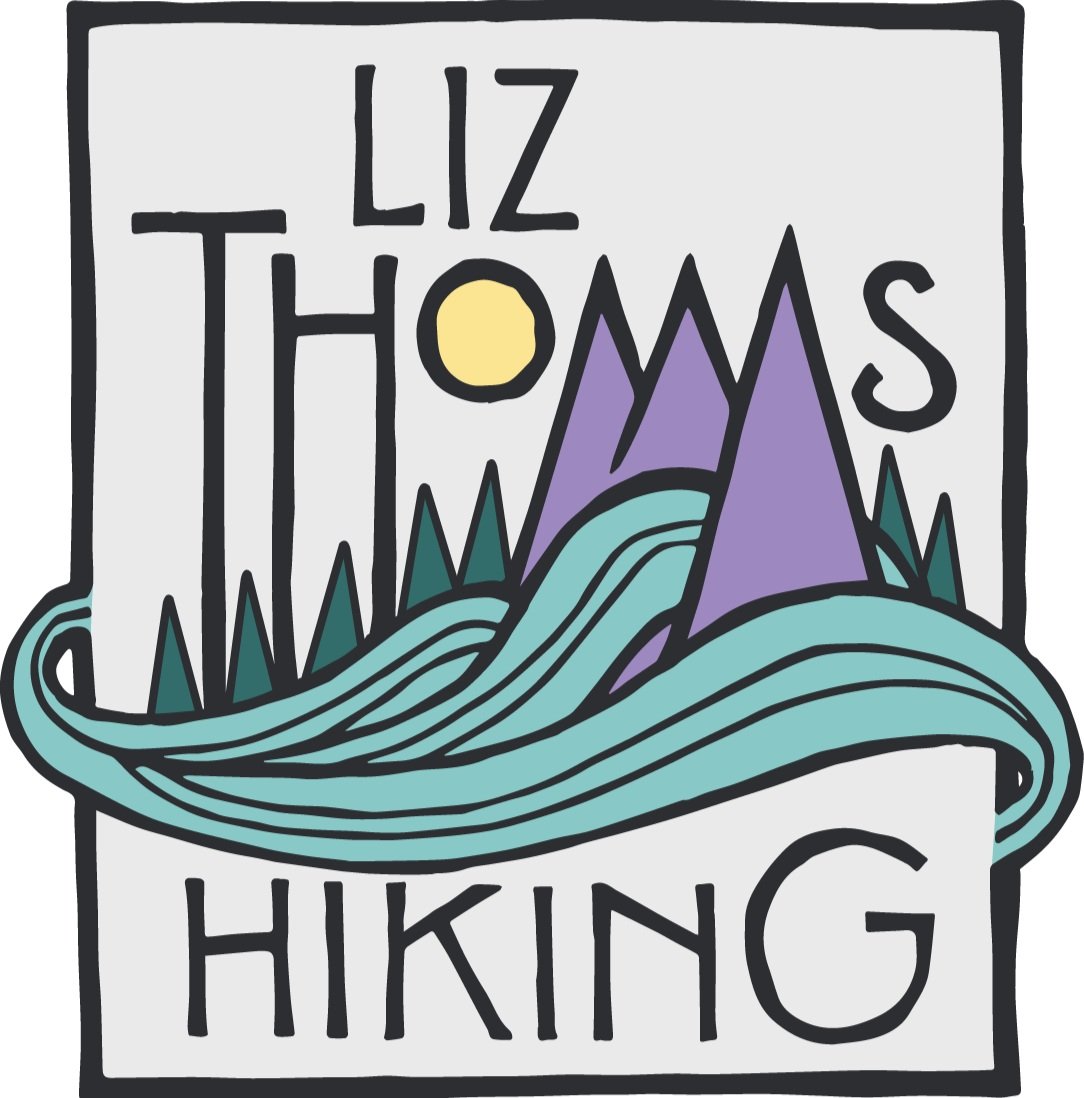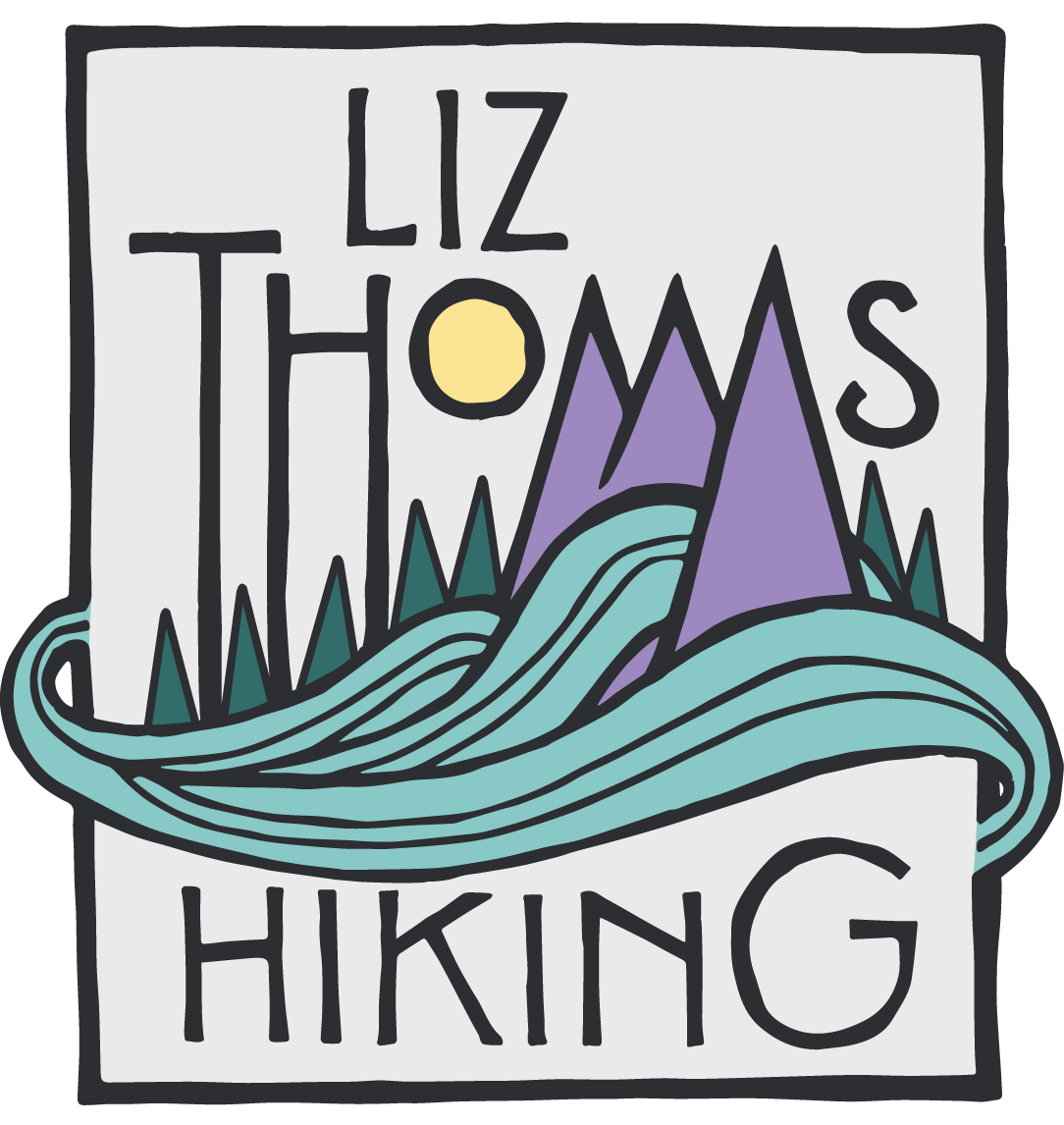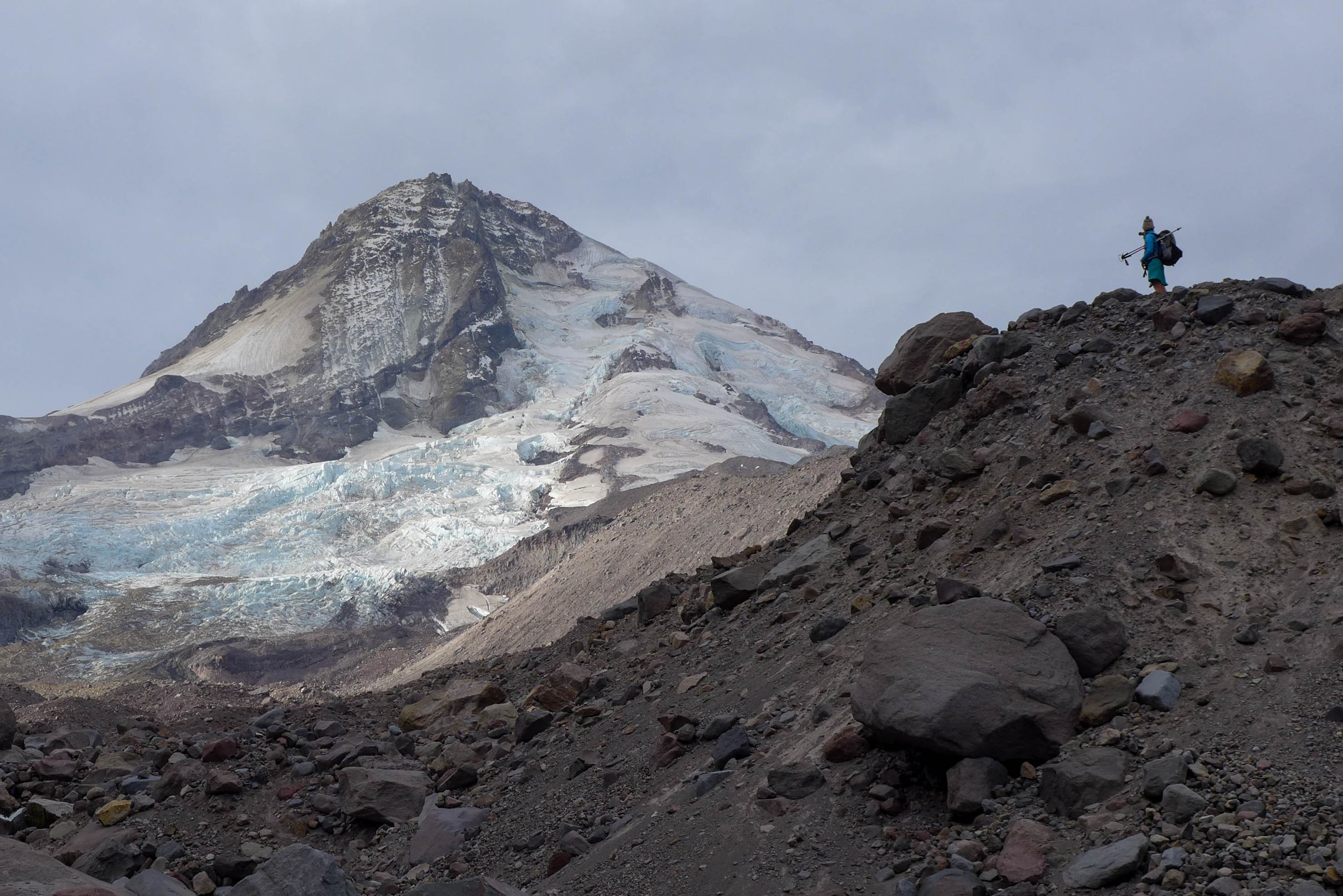A Helpful Guide to Start Planning Your First Thru-Hike
After 6 years of dreaming, I finally was able to hike the Timberline Trail in 2015. Photo by Kate Hoch.
“The secret of getting ahead is getting started” Mark Twain
Maps. Gear. Food. Planning for a thru-hike can involve so much stuff and data, it can seem downright daunting.
Before I started my first thru-hike, I obsessed the Pacific Crest Trail, but was scared to actually take the first step to make a thru-hike happen. Friends knew of my dream and would urge me to pursue it, but I kept letting fear and the amount of work involved keep me from doing anything about it. I found excuses to avoid even starting to plan. I didn’t even know if I could find the time and money, so why waste that time dreaming?
Then, in January of 2008, I took the plunge and went in head first. I didn’t know what I was doing, but all I can say is that that decision is among the best things I’ve ever done.
Planning and prep for a thru-hike will look different from person to person. We have different goals, different dreams, different timelines. And no matter how much prep we do, Mother Nature always throws something unexpected at us. But the truth is, regardless of who we are or how we want to hike, our experience in the outdoors is safer and more enjoyable when we take initiative and do some old fashioned planning.
Here are some tips to beat inertia and indecision and to hop on the planning train.
Commit to hike, even if you aren’t 100% sure you can make it happen I can tell there’s a difference between the trails that I’ve planned a year out vs. hikes I cobbled together 2 weeks in advance. The further out I can commit to a trail (even if it’s a slow start), the better off I am physically and mentally when I do hit the trail. Committing to my hike early also allows gives me the time to address my demands at home (work, my stuff, bills, etc.) and to make sure years in advance that the family vacation won’t be scheduled in the middle of my hike.
If you’re not sure you can actually hike (find time and money), research how others have made it happen. People from all walks of life have thru-hiked. All ages, all backgrounds, all sorts of professions. Finding the time and money to do a trip sometimes requires some creativity, but if you want it enough, it can be done! Work with a financial planner and talk to other hikers who are similar positions of you to get ideas and inspiration.
Decide to start planning early….say, now. If you’ve ever thought about thru-hiking, the more time you give yourself to mentally be in the “I’m going on a thru-hike space” the better prepared you will be when that day actually happens. If you’re planning on hiking this summer, in 2017, or after you retire in 5 years, setting your goal now and moving on it is a great way to make sure it happens.
Stop worrying that prep and planning will take away from the adventure. No matter how much prep and planning you do, the outdoors is always giving us surprises, always giving us gifts, and promises to keep us on our toes. On a long hike in remote country, you’ve got a smaller margin of error than you do at home. Planning and prep isn’t about forming expectations. It’s about being willing to take whatever Mother Nature gives us and have the knowledge and skills to know what to do with it.
Don’t buy your gear yet. The temptation to go out and buy the first great deal that you see at the outfitter is great. “Who cares how it works? I’ll figure it out after I take it home!” I’ve declared far too often. But for many hikers, gear is the biggest expense of a thru-hike, so it’s worth doing some research—a lot of research—before handing over your hard earned cash.
Find a mentor. First-time thru-hikers who learn from thru-hiking mentors not only get the information to hike, but also get personal support that a book or listserve doesn’t offer. A good mentor will live by the motto “there are no stupid questions.” Avoid online forums, listserves, and facebook groups with trolls that prey on newbies. Instead, look for mentors who are willing to take the time to “tailor” answers specifically to you and who are willing to invest the time to learn about you to help you come to decisions that fit your goals and values.
Know How to Choose the Information You Use. There is a lot of info on mountaineering, survivalism, and “the right thing to do in the outdoors” out there. But just like if you’re planning to bake a cake, a cooking class will only be so useful, if you’re planning to thru-hike, a survivalism book will also be of limited use. A lot of hikers I meet get caught up in learning skills and strategies that tend to not be useful for most 3-season thru-hikers, like learning to kill and skin squirrels or build ice caves. These people would have better spent their time learning to develop a lighter gear system or plan out their resupplies—skills better suited to long distance backpackers.
Carve out time each week to plan for your trip. Even if it’s only an hour each week, this is your time to re-commit to your goal, familiarize yourself with your trail, and prepare yourself for the challenges of a hike. Whether this time is spent taking a class, watching a hiking movie, reading a book, or going over your dream gear list, regularly making trip planning a part of your habitual routine will make sure your dream can’t slip away.
Break planning into chunks. Planning, research, and prep can be overwhelming, but you don’t have to do everything all at once. For example, a friend of mine committed to spend one month just on finding the best sleeping bag for his trip and saving up for it. You can do something similar by spending one week (or one month if your trip is a few years out) just researching something as silly as salty snack foods. The more time you have before your trip, the more easily you can break up your research and prepping needs and make the process fun. Plus, staying engaged throughout the planning process can help you get even more psyched about your trip.
If you have always dreamed of thru-hiking the Appalachian Trail, Pacific Crest Trail, John Muir Trail, Camino de Santiago, or any other trail, on January 12th, I will be launching (with BACKPACKER Magazine) a 6-week online course called Thru-Hiking 101 with videos, worksheets, interviews, webinars, gearlists, physical fitness training calendars, and community. It’s an easy to digest, unintimidating guide to help you plan for your first thru-hike and make your dream of outdoor adventure come true. Sign up today
Trackbacks/Pingbacks
New to Camping or Backpacking? Try a Mock Overnighter - Liz Thomas Hiking - […] A Helpful Guide to Planning Your First Thru-hike […]
Where do you fall on the Camping-Hiking Spectrum? - Liz Thomas Hiking - […] A Helpful Guide to Planning Your First Thru-hike […]
Intro to the Snowdonia Way - Liz Thomas Hiking - […] THRU-HIKES Short Thru-Hikes: How to Backpack and Keep your Desk Job HIKING Where do you fall on the Hiking-Camping…
Why the Boundary Trail could be the next JMT - Liz Thomas Hiking - […] THRU-HIKES Short Thru-Hikes: How to Backpack and Keep your Desk Job HIKING Where do you fall on the Hiking-Camping…
Why the National Scenic Trail Act still Matters 50 years Later - Liz Thomas Hiking - […] THRU-HIKES Short Thru-Hikes: How to Backpack and Keep your Desk Job HIKING Where do you fall on the Hiking-Camping…
Gift Giving 2018 - Liz Thomas Hiking - […] A Helpful Guide to Planning Your First Thru-hike […]
Dealing with Post-Hike Depression - Liz Thomas Hiking - […] A Helpful Guide to Planning Your First Thru-hike […]
How to hike your biggest mile day yet - Liz Thomas Hiking - […] THRU-HIKES Short Thru-Hikes: How to Backpack and Keep your Desk Job HIKING Where do you fall on the Hiking-Camping…


